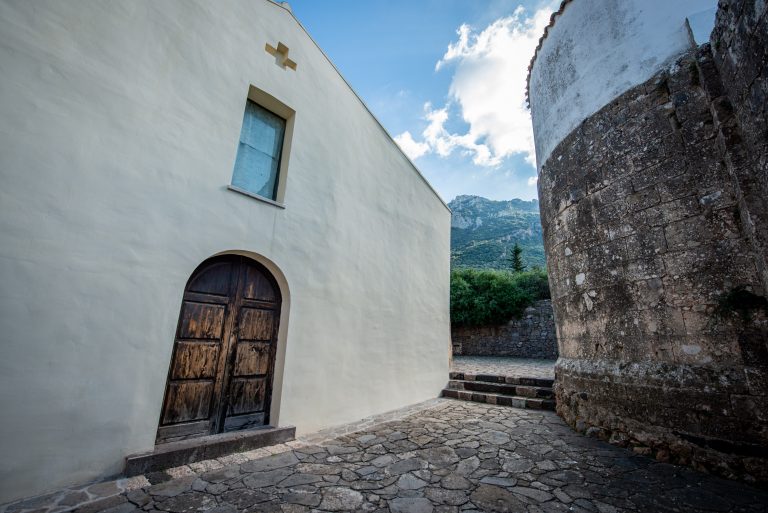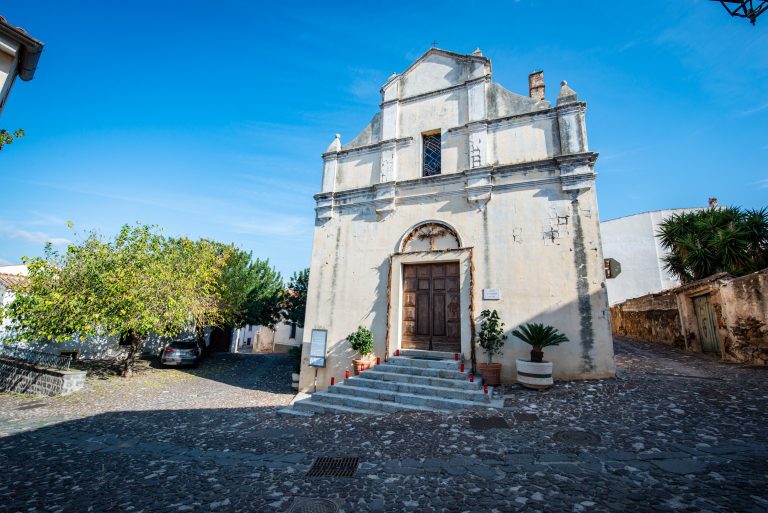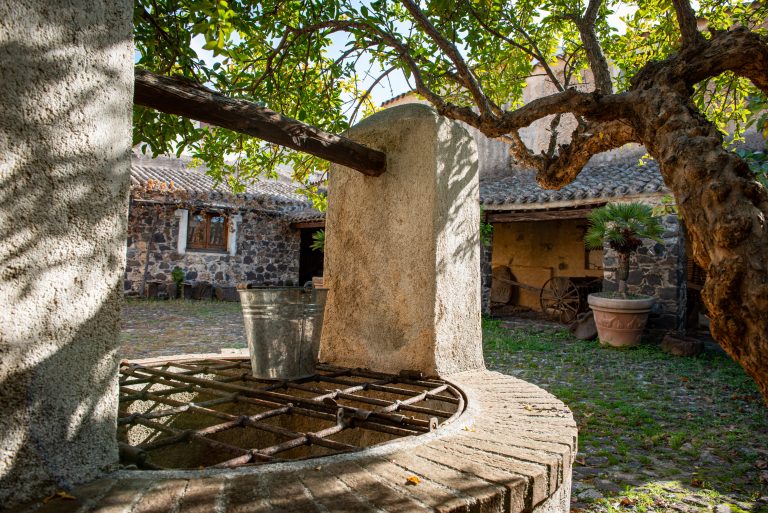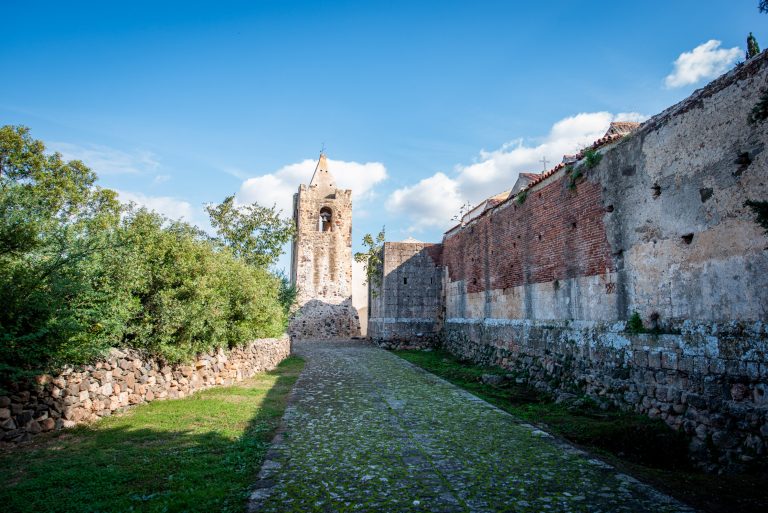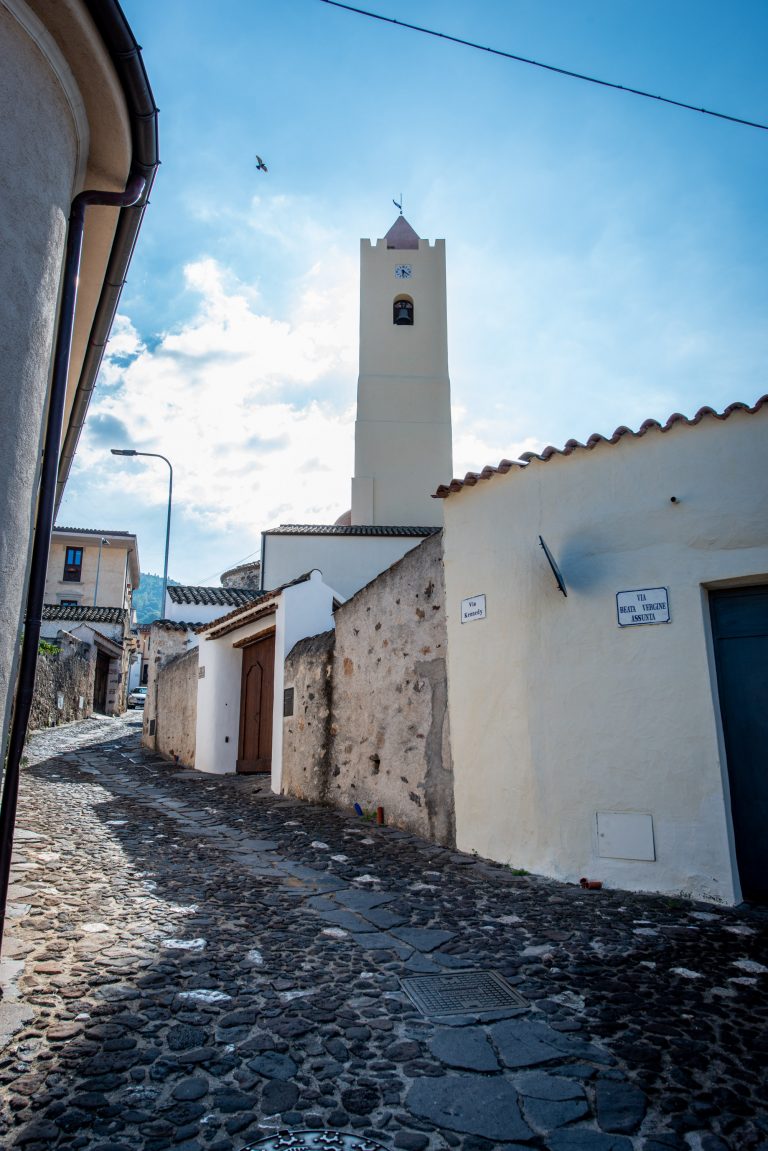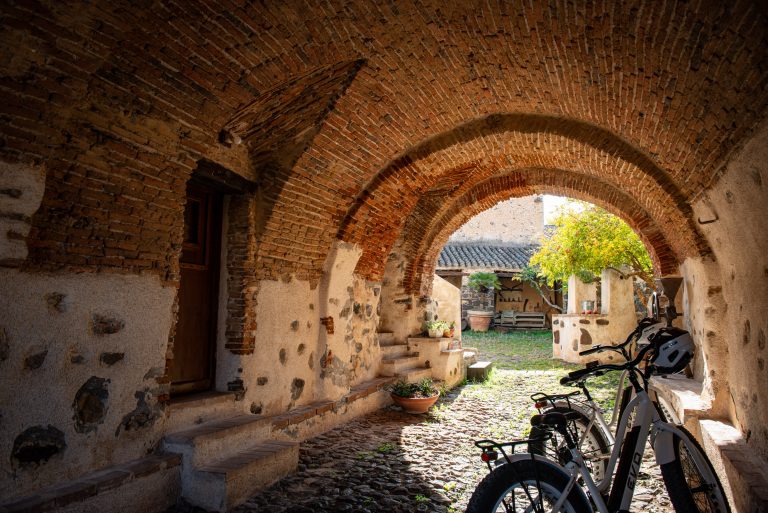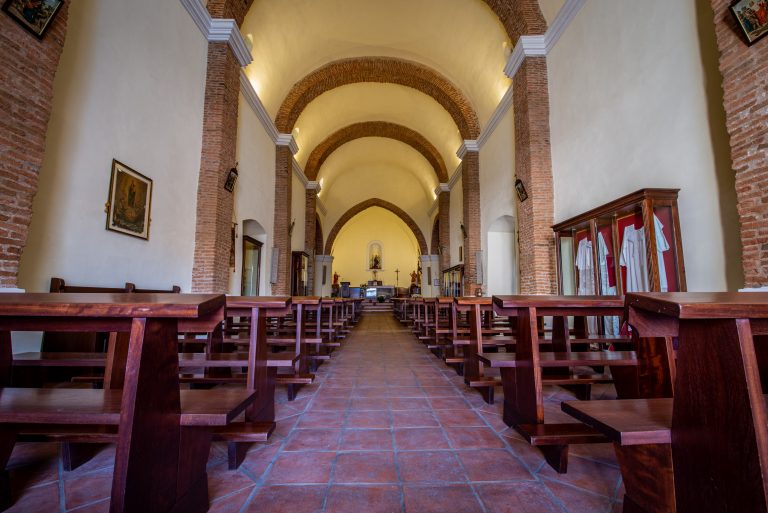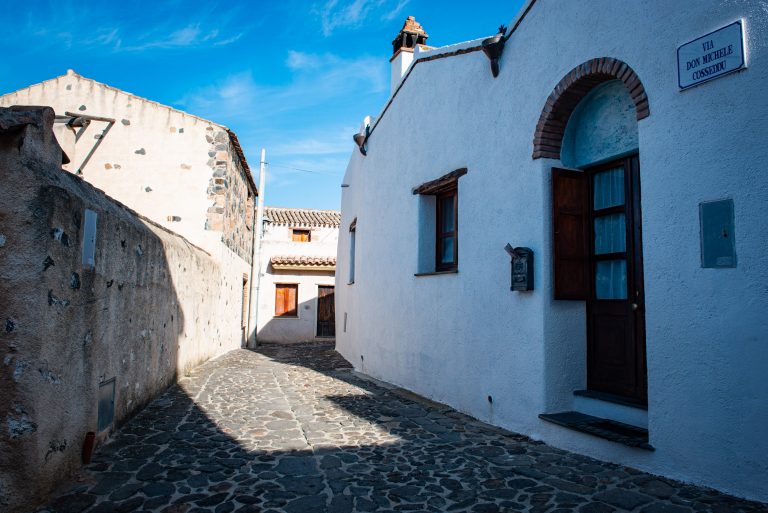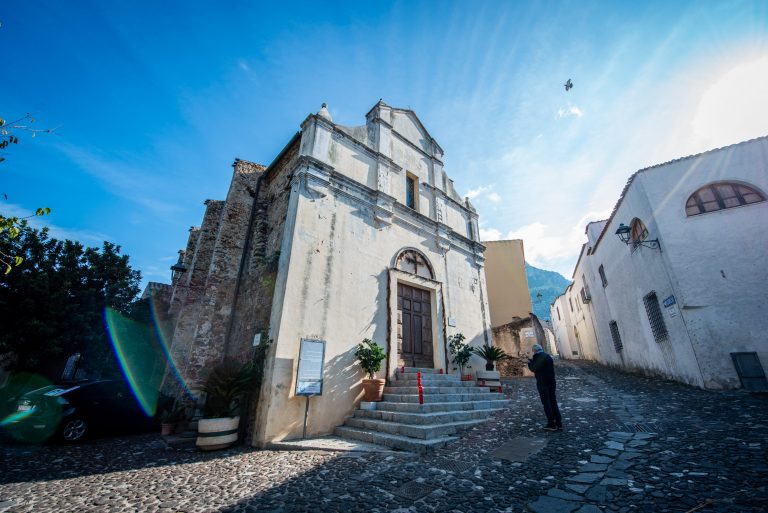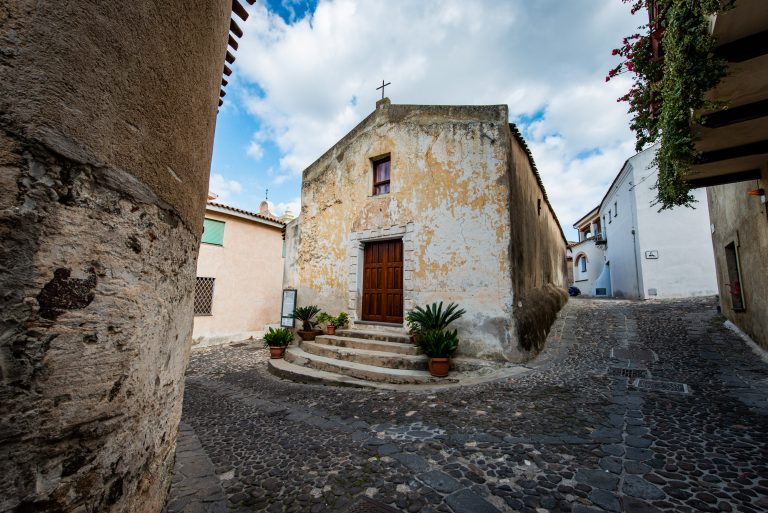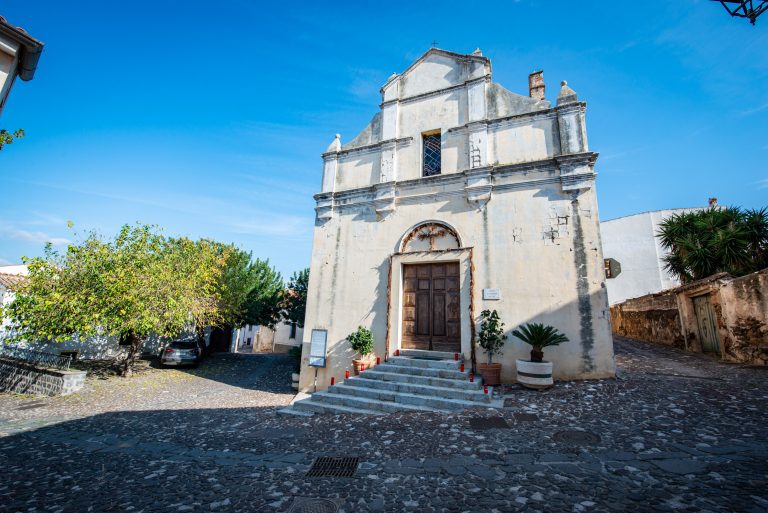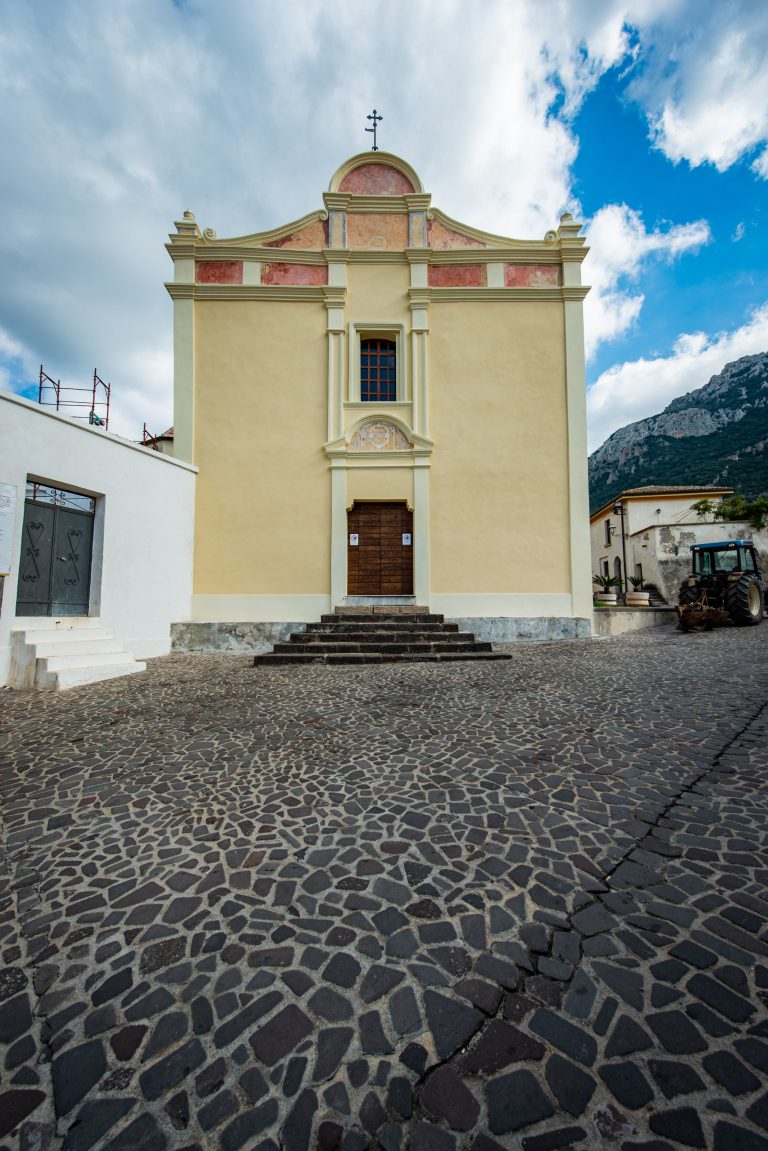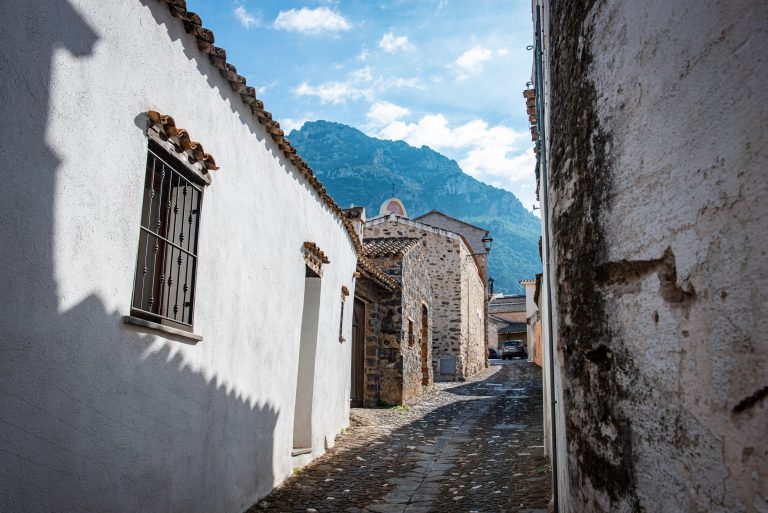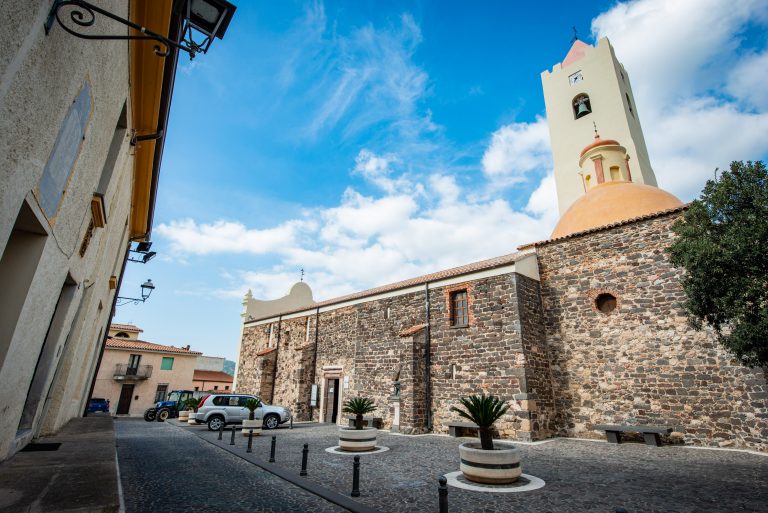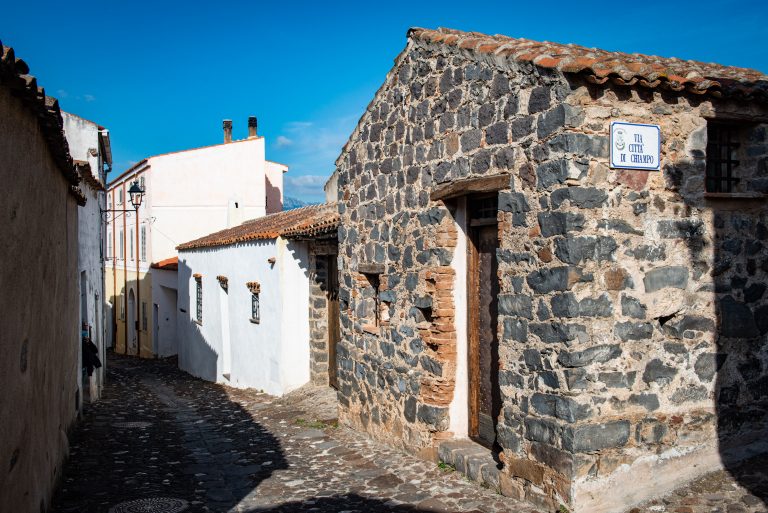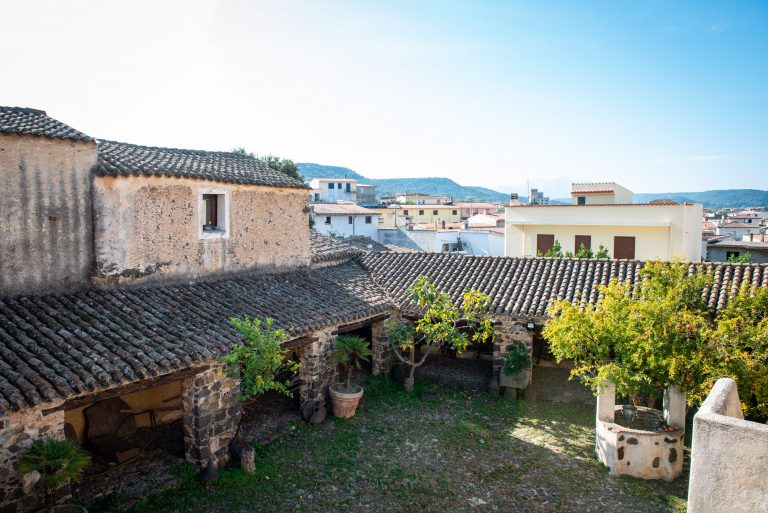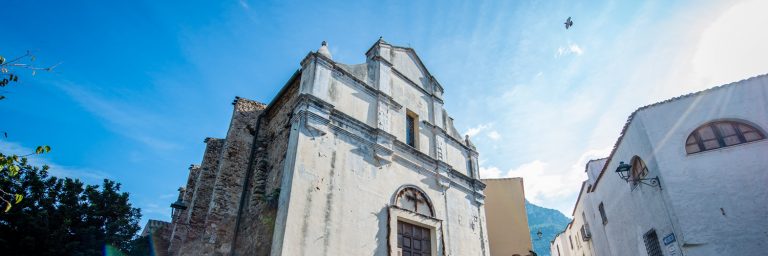GALTELLÌ
Stone houses, narrow cobbled streets, five churches within a square kilometre, a park dedicated to Grazia Deledda and an extraordinarily devout community; Galtellì is a unique town in the Baronìa area, once the seat of a diocese and a destination for pilgrimages due to the blessed Cross. Housed in the church dedicated to it (Chiesa del SS. Crocifisso), miracles dating back to 1612 have been attributed to it. In its honour, processions and rites are held accompanied by ancient liturgical chants known as “sos gozzos”. Behind the cemetery is the former Cathedral of San Pietro, which houses a series of 13th-century frescoes depicting scenes from the Old and New Testament. Overlooking the village is Mount Tuttavista, on top of which is a statue of Christ. This too attracts the faithful who reach it after a charming pilgrimage over the slopes of the mountain.
On the banks of the River Cedrino, Galtellì stands on a spectacular plateau at the foot of Mount Tuttavista. On top of the mountains stands the majestic bronze statue of Christ of Miracles, a destination for pilgrims who follow a path up its steep slopes. The sculpture is a reproduction of the "miraculous" wooden Christ housed in the eponymous church. Built in Gothic style in the 16th century, it replaced the 14th-century Church of Santa Maria delle Torri, which had become too small to accommodate the faithful flocking to admire the statue of Christ.
Today, it is a destination for pilgrims from all over Europe. The history of the town, which was a Bishop's seat until 1495, is marked by fervent religious devotion and its narrow, cobbled streets lined with stone houses are home to an extraordinarily devout population (of about 2,500). Next to the Holy Cross is the mediaeval Church of Santa Croce and less than 100 metres away, the Church of Beata Vergine Assunta and the Church of San Francesco, both dating from the 17th century, with another two on the slopes of Mount Tuttavista, the Church of Santa Caterina and the Church of Nostra Signora d'Itria.
Inside the cemetery walls is the complex of the former cathedral dedicated to St Peter, home to a series of 13th-century frescoes depicting scenes from the Old and New Testament. There are three diocesan buildings here - a soaring bell tower, the imposing but unfinished late 11th-century cathedral and the Romanesque Church of San Pietro, which was expanded after the previous site was abandoned. The village comes to life during Holy Week with heart-wrenching chants and centuries-old liturgies. Not to be missed are the celebrations dedicated to the Holy Cross in early May, when worship blends with folklore and spectacle, and the bonfires lit in celebration of St Anthony Abbot on 17 January.
Galtellì has been awarded an Orange Flag by the Touring Club of Italy. The streets of the town centre, traditions and emotions inspired the author Grazia Deledda who set her book "Canne al Vento" (Reeds in the Wind) here. The bond with the Nobel-winning author is cemented thanks to Deleddiano literary park, an itinerary to the places she mentions in her book. Aside from being a spiritual guiding light, the town was once a centre of power, symbolized by Pontes Castle, a late 11th-century fortress, later conquered by the Aragonese.
Casa Marras, an 18th-century noble residence, is now an ethnographic museum displaying 1,800 artefacts representing the community's collective memory. Other attractions in the town include Malicas Park, an oasis of greenery surrounding an early 20th-century castle, and some Domus de Janas, bearing witness to man's presence in the area since the Neolithic Age. The several nuraghes here, including Su Gardu, date from the 2nd millennium BC. From culture to nature - Mount Tuttavista, a haven for trekking enthusiasts, separates the town from the sea with sheer cliffs kitted out for rock climbing. The summit affords spectacular views of the Gulf of Orosei and during the climb, Preta Istampata, a rock with an enormous hole and "window" overlooking the wood-covered valley.
A magnificent old town, featuring traditional houses with courtyards and characteristic wooden portals (there are over a hundred) served by narrow cobbled streets, is home to numerous B&B and diffused hotels.

